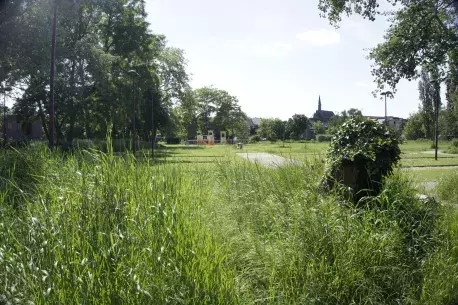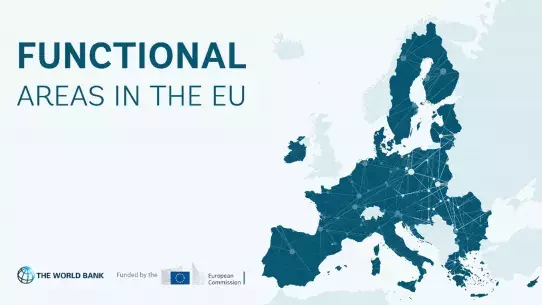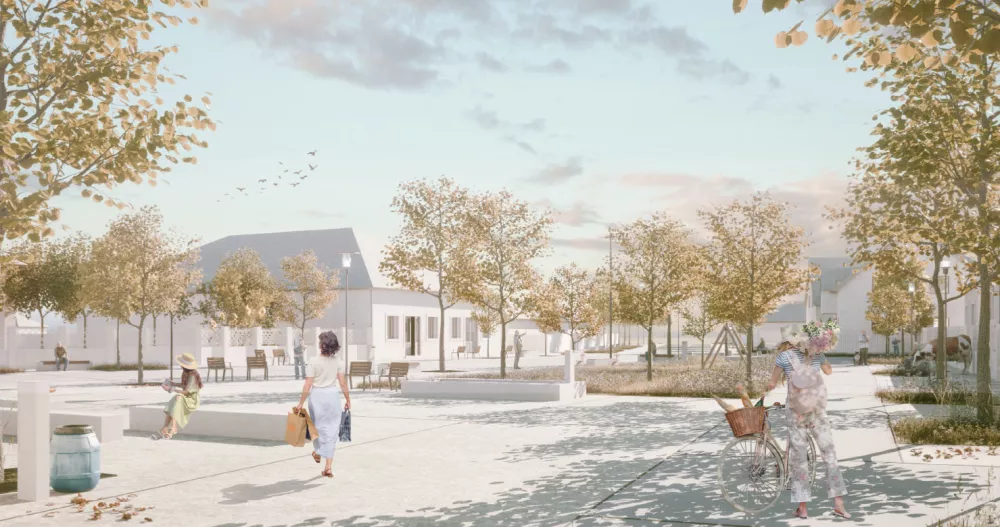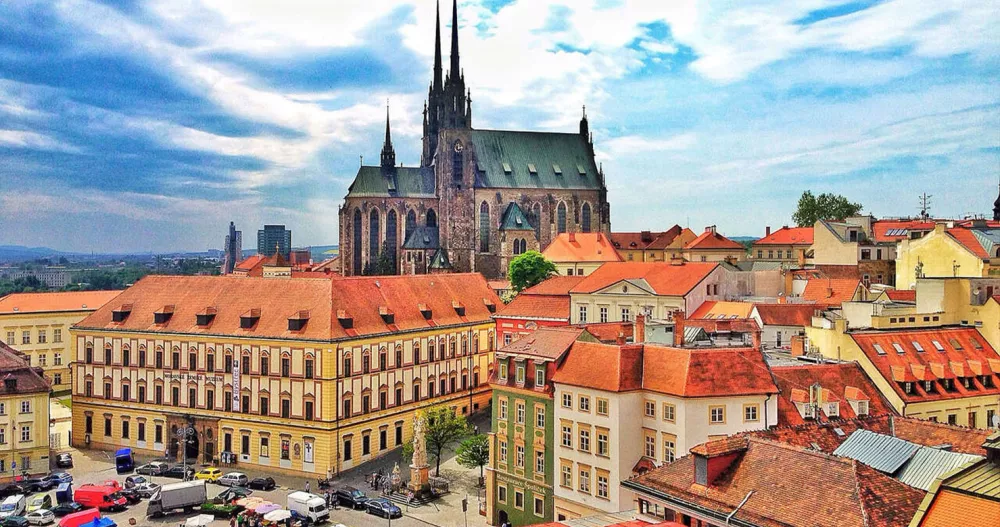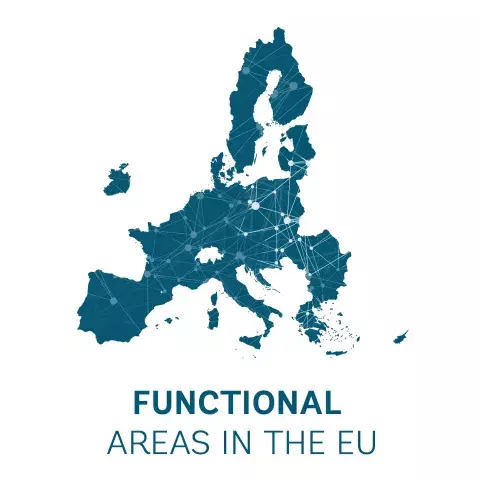Post-industrial reuse of former industrial sites and railroad infrastructures
TOURISM, CULTURE AND BRANDING
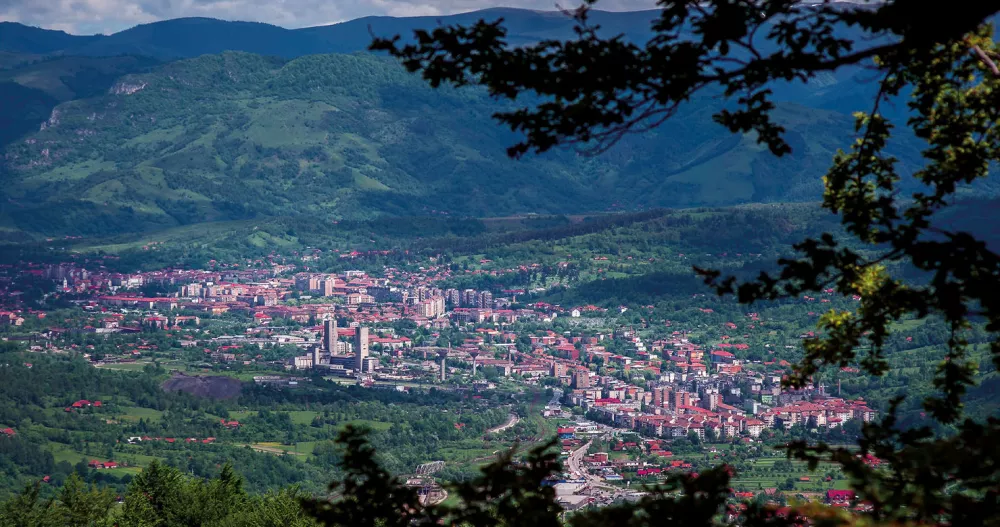
Challenge
Re-create a sense of belonging for citizens and reattach them to the buildings no longer used at their initial potential and for their initial use: former coal mine ensembles, railroad stations, industrial infrastructures, former residential units. Other challenges include:
- the lack of options regarding the initial solution for mine closure;
- the restrictive attitude of the mining company personnel;
the lack of vision from the local and county administrations representatives.
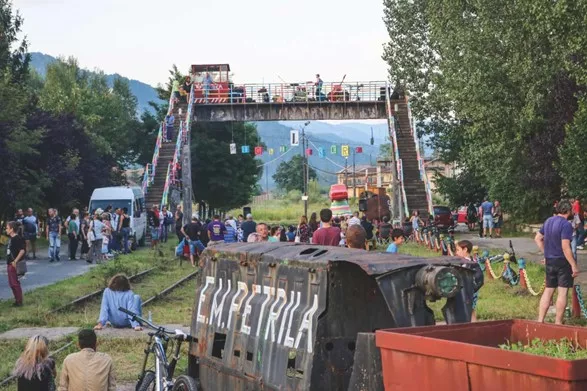
Solution
Planeta Petrila – the former coal mine
The major goal of a 2012 effort, which is noteworthy in the present Romanian environment, was to convert the Petrila Coal Mine. The workshop “Petrila – Regeneration of an Industrial Landscape” was conducted in the fall of that year on the initiative of ADERF – the Association of Romanian Students and PhD students in France and the Cultural Association “Condiţia Română.” The workshop’s goal was to establish strategic paths for the city of Petrila’s growth in connection to a scenario of repurposing its industrial history – the Petrila Mine. An X-ray of the city and its link to the mine was developed at the conclusion of the first effort. The workshop was held twice more in 2013, with the final product being the pre-feasibility study “Preservation, security, and functional conversion of patrimonial structures within the Petrila mining operation,” which served as the foundation for the ensemble’s classification in the List of Historical Monuments. In the same year, the Petrila Local Council unanimously approved the feasibility study that led to the post-industrial urban regeneration workshop. As a result of the Local Council’s decision, the mining corporation has been pressured to change its demolition solution.
The “Program for regeneration via cultural initiatives” (PRIC) was launched at the end of 2017, a coordinated action plan whose ultimate goal is to establish Petrila’s new administrative, economic, and cultural infrastructure alongside an engaged and open local community. Researching actual and potential needs and possibilities, mapping local, regional, and national resources, and promoting public engagement were the foundations of this program. The first stage of PRIC entails the creation and implementation of cultural events in the form of tactical actions that will facilitate the achievement of visible results in the short and medium term, gain the trust of the administration and the locals, test and validate the PRIC directions, and contribute to the increase of cultural consumption at the local level, the gradual development of the new public, and, finally, to the establishment of the PRIC. The short-term objectives were to establish an administrative structure for coordinating the heritage ensemble’s reconversion, to organise cultural events that maintain public interest in the Petrila subject (involving an increasing number of locals), to transfer the ensemble from the SNIM VJ property to the property of the city of Petrila, and to include the objective on the list of members of the association ERIH-European Route of Industrial Heritage.
In January 2018, a meeting on the future of the Petrila mine was held, organised by the initiative group of professionals in the field of heritage and cultural interventions, together with representatives of the City Hall of Petrila City, of SNIM VJ, the RUR coordinator for the city’s General Urban Plan, in accordance with the agreed-upon action plan. Following a few hours of positive debate, a statement of commitment was signed on four key areas in the process’ growth, including the formation of the Petrila association by all of the above-mentioned players and the City of Petrila’s financial contribution to the short-term action plan. The formation of the “Petrila Planet Association” on an administrative level was accomplished in August, with the following founding members: Ideilagram Association by artist Ion Barbu – initiator of the mine rescue appeal, ACV Petroşani – representative of the local NGO environment, City Hall Petrila – local public authorities, Plusminus Association – representatives of professionals who worked for the ensemble classification, Ideilagram Association by artist Ion Barbu – initiator of the mine rescue appeal. The next steps are to apply for membership in ERIH and to create official links with comparable organisations around Europe. Contacts were established in Europe in conjunction with the intention to establish this organisation.
Planeta Petrila’s goal is to bring together artists, experts, government officials, and the general public in a multidisciplinary event to reimagine the entire Petrila Mine. Residents of the city, practising students, and outside volunteers collaborate with a community of artists, experts’ architects, and urbanists to develop visualisations of a potential future based on the re-depiction of the industrial past. The Petrila Cultural Exploitation, from a thematic standpoint, serves as an x-ray of local expectations and probable predictions connected to the functional reconfiguration of the Petrila mine and the emergence of a new local identity. Planeta Petrila combines interdisciplinary techniques of industrial heritage site interpretation, artistic research inspired by anthropology, methodologies of audience development (audience development), and techniques of public involvement (public commitment) in order to assess the existing potential and develop a local community around the process of cultural regeneration.
The most important achievements include:
- the recognition of the mine as a national importance industrial heritage ensemble;
- the adaptive reuse of the buildings, part of an informal reinvention process;
- the initiation of an NGO, to promote the reconversion process;
- bringing Petrila Planet phenomenon to the EC attention, in Brussels during both working group meetings of the European Platform “Coal Regions in Transition” (April and July 2019);
- the most important cultural heritage – as the touristic objective in the Jiu Valley, with the greatest number of tourists.
The most important enabling conditions are:
- existence of a very important industrial heritage;
- existence of determinant key actors as: very well-known local artist, a former miner, a documentary director, an international team attached to the project;
- willingness of the local authorities to request the reconversion process.
Planeta Petrila – the museums
Ion Barbu is known in Romania for his caricatures in national publications such as Dilema Veche, Academia Cațavencu, Adevărul, România Libera and so on. He created another, perhaps parallel, universe on the ruins of Petrila mining, which simply became a planet. So, from the moment you enter Petrila, you are greeted by Ion D. Sîrbu’s warning message, painted on the walls of an azure house: “Petrila, a world that does not look like any possible settlement, with nothing and nobody from nowhere…”. Behind it is the degraded brownfield of what was once the Petrila coal mine.
Two houses became two immersive museums for the life of the community, but also representative for two figures: Ion D. Sîrbu and Ion Barbu’s mother. Mother’s Museum is a museum of the Mother Everywhere, invented in Petrila. Barbu wanted to pay homage to his personal mother through this initiative, but at the same time the foundation is also a museum for everyone’s mothers. Paraphrasing a quote from the European vocation writer from Petrila, Ion D. Sîrbu, ”our Mother gave us the backbone”. A woman who, despite her modest condition, managed to have four children and endow them with high school and an education in which the seven years at home seem much more. The door was opened to the public in 2012. The museum has an impressive database, which gives a very good account of the period of domestic communism. The main activities of the museum are: guiding visitors, enriching the museum’s heritage with restored things, as well as collecting material donations from other mothers. The last activity is the design and printing of books and albums that bear fruit from the immense personal and personal maternal treasure. The mission of the memorial house is to capitalise on the immense cultural heritage of the writer Ion D. Sirbu. “With the reading of Sîrbu’s work, the operation of re-composing the Romanian people can begin” as Monica Lovinescu said. The year of the inauguration of the Memorial House is 1994, being the only memorial house in Romania that was built three times and demolished twice. There is a rich archive, part of which is fruitful on the walls of the house, and another, just as precious, donated by the writer’s sister, who is waiting for better times for capitalization. The activities include, from the museum tour to happenings, book launches, meetings with cultural personalities, etc.
The Romanian Plumber’s Museum in Petroșani is an establishment that, by far, bears the mark of the artist Ion Barbu, perhaps the most active and most interesting contemporary Romanian artist. If you cross the threshold of the colourful house, you come across a completely changed world, in which ordinary objects become real works of art. You can find here the Romanian Olympic torch, the handmaid of God or the sperm donor’s bench, plus a lot of other installations that make you laugh and show you that, no matter how trivial a thing may be, it can be valued if you look at it otherwise. So, in this museum set up in 2016 in a former kindergarten, there is a collection of 3D caricatures that are, in fact, the very core of the museum in continuous expansion with objects and caricatures in three dimensions.
2 linii – promoting railroad heritage in Petroșani and Petrila
The 2 linii project promotes the railway heritage of the Jiu Valley through media, artistic, visual or auditory means. The purpose of the project is to demonstrate the aesthetic, environmental and architectural value of the railway complexes in the area. The project was started by Urban Lab Valea Jiului by organising guided tours of the railway heritage in Petroșani and Petrila, carried out over several months in 2019 and 2020. Subsequently, in 2020, with the 150th anniversary of the establishment of the railway Simeria-Petroșani railway, the organisers carried out a series of cultural activities and cultural activation of the railway infrastructure, through interventions in Simeria, Subcetate and Petroșani stations. The most important activities took place at Petroșani Station, including a debate on the potential for reuse of heritage in the Jiu Valley area and an open-air theatre play on the platform 1 of Petroșani Station. Cultural activities have become part of a program of activism, including exhibitions, guided tours and student visits.
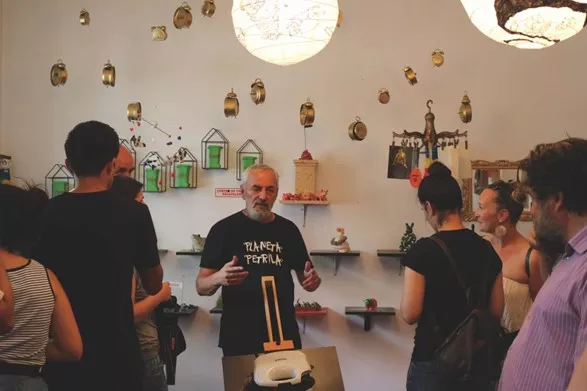
Other best practices
About this resource
In 2021, the European Commission launched a pilot project to improve functional area approaches in the EU and has partnered with the World Bank to implement this initiative. As part of the project, the project team collaborated with 12 functional areas from seven EU countries, providing them with tailored technical support and assistance: Zagreb Urban Agglomeration (Croatia), Brno Metropolitan Area (Czech Republic), West Athens (Greece), Lake Balaton Area (Hungary), Kalisz-Ostrów Agglomeration, Kraków Metropolitan Area (Poland), Jiu Valley and Jiu Conurbation Functional Area, Caraș-Timiș Functional Area, Cluj Metropolitan Area, Oradea Metropolitan Area, West Ialomița Functional Area (Romania), and Trenčín Functional Area (Slovakia).
Similar content
